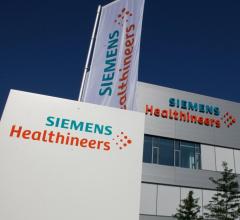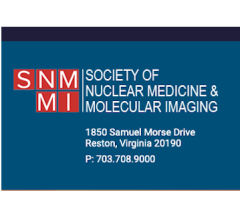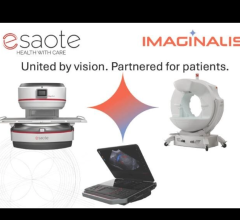June 27, 2007 - The University Medical Center Hamburg-Eppendorf (UKE) and Royal Philips Electronics have developed a computer aided diagnosis system for neurodegenerative diseases to support clinicians in diagnosing the onset and type of disease as early as possible, and the tool is set to undergo clinical evaluation at UKE to fine-tune the its ability to detect and differentiate the three most common types of neurodegenerative disease – Alzheimer’s Disease, Lewy-body Dementia and Frontotemporal Dementia.
The software tool developed by Philips Research and UKE overlays anatomical images of the brain obtained from MRI scans with PET scans that display brain activity – specifically the uptake of glucose that fuels brain activity. By using advanced image processing and computer learning techniques in combination with a database of reference brain-scans, the system then analyses the images automatically and displays anomalous brain patterns. Based on these patterns, it then suggests a diagnosis. As a result, the system will help less experienced doctors to achieve the same diagnostic accuracy as highly trained specialists.
The clinical evaluation that is about to start will run the computer aided diagnostic system alongside UKE’s existing dementia diagnosis procedures with the aim of fine-tuning the system’s ability to detect and differentiate the three most common types of neurodegenerative disease – Alzheimer’s Disease, Lewy-body Dementia and Frontotemporal Dementia.
The hope is that such a system will ultimately mean a better quality of life for patients by enabling earlier prescription of drugs that delay progression of the disease, and hence delay the worst effects of dementia. It will also provide pharmaceutical companies and clinicians with a valuable tool for the development and testing of new, potentially curative drugs for neurodegenerative diseases such as Alzheimer’s.
“In the not too distant future there is going to be much greater demand for the accurate early diagnosis of neurodegenerative disease and not everyone will have access to the clinical expertise of a university hospital to obtain it,” said Dr. Ralph Buchert of the Department of Nuclear Medicine at UKE. “The availability of an automated system will help less experienced physicians to achieve the same high level of accuracy in their diagnoses.”
For more information: www.medical.philips.com


 December 04, 2025
December 04, 2025 









